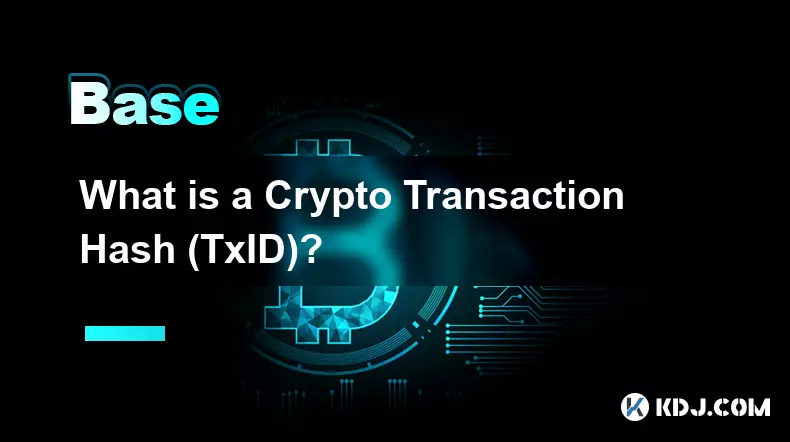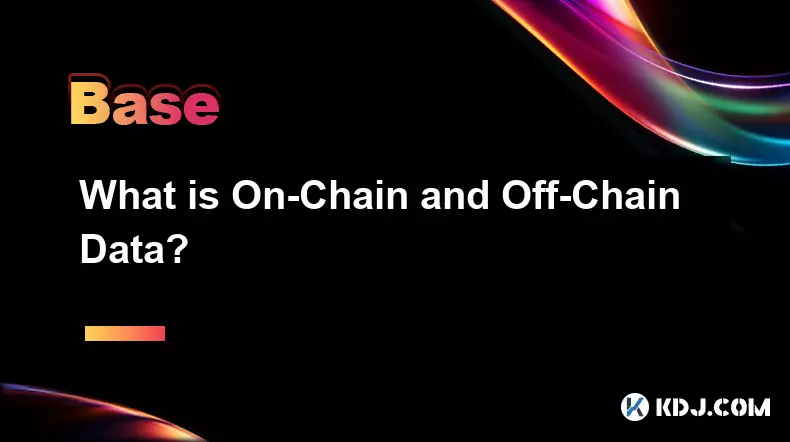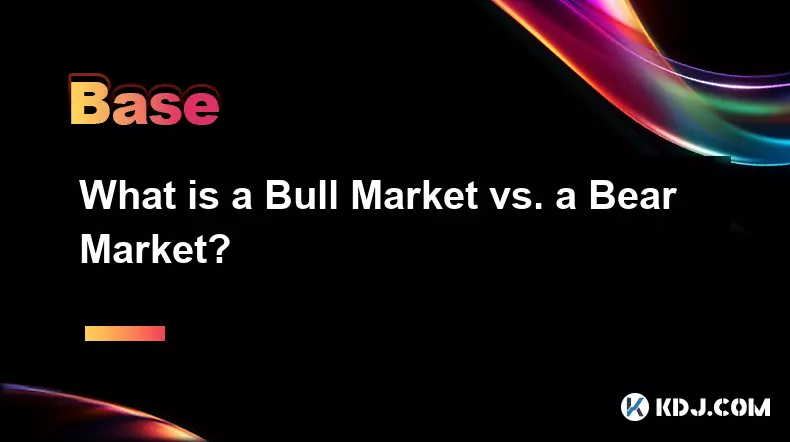-
 Bitcoin
Bitcoin $111100
0.49% -
 Ethereum
Ethereum $4304
0.21% -
 XRP
XRP $2.888
2.36% -
 Tether USDt
Tether USDt $0.9999
-0.03% -
 BNB
BNB $879.1
1.62% -
 Solana
Solana $207.9
2.67% -
 USDC
USDC $0.9998
-0.01% -
 Dogecoin
Dogecoin $0.2320
7.05% -
 TRON
TRON $0.3306
0.59% -
 Cardano
Cardano $0.8407
1.68% -
 Hyperliquid
Hyperliquid $48.50
3.55% -
 Chainlink
Chainlink $22.52
0.46% -
 Ethena USDe
Ethena USDe $1.001
-0.02% -
 Sui
Sui $3.395
0.74% -
 Bitcoin Cash
Bitcoin Cash $602.5
0.82% -
 Stellar
Stellar $0.3645
1.67% -
 Avalanche
Avalanche $24.82
0.93% -
 Hedera
Hedera $0.2211
0.99% -
 UNUS SED LEO
UNUS SED LEO $9.606
0.00% -
 Cronos
Cronos $0.2583
-2.44% -
 Litecoin
Litecoin $113.7
0.82% -
 Toncoin
Toncoin $3.094
0.39% -
 Shiba Inu
Shiba Inu $0.00001254
1.50% -
 Polkadot
Polkadot $4.040
4.96% -
 Uniswap
Uniswap $9.429
0.08% -
 Dai
Dai $0.9999
-0.01% -
 Ethena
Ethena $0.7629
3.04% -
 World Liberty Financial
World Liberty Financial $0.2111
-13.16% -
 Monero
Monero $269.9
0.50% -
 Aave
Aave $300.9
-0.41%
What do Bull Market and Bear Market mean respectively?
Cryptocurrency markets cycle between bull markets (sustained price increases, investor optimism) and bear markets (sustained price decreases, investor fear), requiring informed investment strategies to navigate their volatility and inherent risks.
Mar 02, 2025 at 02:43 am

- Bull Market: A period of sustained price increases in the cryptocurrency market, characterized by optimism, investor confidence, and generally upward price trends.
- Bear Market: A period of sustained price decreases in the cryptocurrency market, marked by pessimism, investor fear, and generally downward price trends.
- Both markets are cyclical and represent normal phases within the cryptocurrency market's overall trajectory.
- Understanding these cycles is crucial for informed investment decisions.
The cryptocurrency market, like any other market, experiences cyclical fluctuations between periods of growth and decline. These periods are broadly categorized as bull markets and bear markets, respectively. These terms are derived from the animals' symbolic behaviors – a bull charges upward, while a bear swipes downward.
Bull Market in Cryptocurrencies:A bull market in cryptocurrencies is characterized by a sustained upward trend in prices across various crypto assets. This period is usually accompanied by a high level of investor confidence and optimism. News and sentiment are generally positive, driving further investment and speculation. New projects emerge, and existing ones see increased adoption and value appreciation. Volatility, while still present, tends to be less extreme than during bear markets, although sharp corrections can still occur.
The duration of a bull market can vary significantly. Some can last for months, while others can extend for several years. During this time, many investors experience substantial profits, fueling further market enthusiasm. However, it's important to remember that even during a bull market, risks exist, and not all cryptocurrencies will appreciate equally. Understanding market dynamics and diversifying your portfolio is crucial.
Bear Market in Cryptocurrencies:Conversely, a bear market in cryptocurrencies is marked by a prolonged period of price declines across various crypto assets. Investor sentiment is generally negative, driven by factors such as regulatory uncertainty, security breaches, or macroeconomic conditions. Fear and uncertainty prevail, leading to a sell-off as investors attempt to minimize their losses.
This period can be characterized by significant volatility, with sharp price drops and occasional brief rallies that often prove short-lived. Many projects struggle to maintain funding and development, and some may even cease operations altogether. While bear markets can be unsettling, they also represent an opportunity for long-term investors to accumulate assets at lower prices. However, it's crucial to have a risk-tolerant strategy and a clear understanding of the market before making any investment decisions.
Identifying Bull and Bear Markets:Identifying the current market phase requires careful analysis of several factors. While no single indicator definitively confirms a bull or bear market, combining multiple data points provides a clearer picture. These include:
- Price trends: Observing long-term price charts of major cryptocurrencies like Bitcoin and Ethereum is a fundamental step. Consistent upward trends suggest a bull market, while sustained downward trends indicate a bear market.
- Market capitalization: The total market capitalization of all cryptocurrencies reflects the overall market sentiment. A rising market cap generally points towards a bull market, while a declining cap indicates a bear market.
- Trading volume: High trading volume often accompanies bull markets, signifying increased investor activity. Conversely, lower volume can suggest a bear market, with less trading activity.
- Investor sentiment: Analyzing news articles, social media discussions, and expert opinions can provide insights into prevailing market sentiment. Positive sentiment usually correlates with bull markets, while negative sentiment suggests a bear market.
Successfully navigating both bull and bear markets requires a disciplined approach. Here are some strategies:
- Diversification: Spreading your investments across various cryptocurrencies and asset classes can mitigate risks during both bull and bear markets.
- Risk management: Setting stop-loss orders can limit potential losses during bear markets. Taking profits during bull markets prevents overexposure.
- Dollar-cost averaging (DCA): Investing a fixed amount of money at regular intervals, regardless of price, helps mitigate the impact of volatility.
- Fundamental analysis: Thoroughly researching projects and their underlying technology can help identify promising long-term investments.
- Technical analysis: Utilizing charts and indicators to identify potential price trends can aid in timing entry and exit points.
A: The duration of bull and bear markets in cryptocurrencies is highly variable and unpredictable. They can range from several months to several years.
Q: Are bull and bear markets predictable?A: No, predicting the precise timing and duration of bull and bear markets is impossible. While technical and fundamental analysis can provide insights, market movements are influenced by numerous unpredictable factors.
Q: Is it better to invest during a bull or bear market?A: Both bull and bear markets present opportunities. Bull markets offer potential for rapid gains, while bear markets offer chances to accumulate assets at lower prices for long-term growth. The optimal time to invest depends on individual risk tolerance and investment strategy.
Q: What causes bull and bear markets?A: Several factors can influence the transition between bull and bear markets. These include regulatory changes, technological advancements, macroeconomic conditions, investor sentiment, and significant market events (e.g., hacks, scams).
Q: Can I lose all my money in a bear market?A: Yes, it's possible to lose a significant portion or even all of your investment in a cryptocurrency bear market, especially if you invest in high-risk projects without proper risk management. Diversification and careful research are crucial to mitigate this risk.
Disclaimer:info@kdj.com
The information provided is not trading advice. kdj.com does not assume any responsibility for any investments made based on the information provided in this article. Cryptocurrencies are highly volatile and it is highly recommended that you invest with caution after thorough research!
If you believe that the content used on this website infringes your copyright, please contact us immediately (info@kdj.com) and we will delete it promptly.
- Backpack Exchange: Europe's New Frontier for Perpetual Crypto Trading
- 2025-09-08 17:05:14
- Paxos USDH: Stablecoin Innovation with Token Buybacks and Reserve Fund
- 2025-09-08 16:45:14
- Lyno AI: The Smart Crypto Bet Beyond Ethereum and Bitcoin?
- 2025-09-08 16:45:14
- Decoding Crypto Returns: How BlockDAG is Redefining Investment in 2025
- 2025-09-08 17:05:14
- Worldcoin (WLD) Price Pumping: Decoding the Rally
- 2025-09-08 16:50:12
- Lyno AI vs. XRP: The Investment Showdown of 2025
- 2025-09-08 17:50:12
Related knowledge

What is a Crypto Transaction Hash (TxID)?
Sep 07,2025 at 01:18pm
Understanding the Role of a Crypto Transaction Hash1. A crypto transaction hash, often referred to as TxID, is a unique identifier generated when a tr...

What is On-Chain and Off-Chain Data?
Sep 07,2025 at 04:55pm
Understanding On-Chain Data1. On-chain data refers to all information that is recorded directly on a blockchain. Every transaction, smart contract exe...

What is a Testnet vs. a Mainnet?
Sep 08,2025 at 05:55am
Understanding the Core Differences Between Testnet and Mainnet1. A Testnet is a parallel blockchain network used exclusively for testing purposes. Dev...

How to do Your Own Research (DYOR) in Crypto?
Sep 08,2025 at 08:00am
Understanding the Foundations of Crypto Projects1. Every cryptocurrency project starts with a foundational whitepaper. This document outlines the tech...

What is a Bull Market vs. a Bear Market?
Sep 08,2025 at 11:00am
Bull Market Characteristics in the Cryptocurrency Space1. Prices across major digital assets experience sustained upward momentum, often driven by inc...

How Do Play-to-Earn (P2E) Games Work?
Sep 07,2025 at 10:54am
Understanding the Core Mechanics of Play-to-Earn Games1. Play-to-Earn (P2E) games operate on blockchain technology, allowing players to earn cryptocur...

What is a Crypto Transaction Hash (TxID)?
Sep 07,2025 at 01:18pm
Understanding the Role of a Crypto Transaction Hash1. A crypto transaction hash, often referred to as TxID, is a unique identifier generated when a tr...

What is On-Chain and Off-Chain Data?
Sep 07,2025 at 04:55pm
Understanding On-Chain Data1. On-chain data refers to all information that is recorded directly on a blockchain. Every transaction, smart contract exe...

What is a Testnet vs. a Mainnet?
Sep 08,2025 at 05:55am
Understanding the Core Differences Between Testnet and Mainnet1. A Testnet is a parallel blockchain network used exclusively for testing purposes. Dev...

How to do Your Own Research (DYOR) in Crypto?
Sep 08,2025 at 08:00am
Understanding the Foundations of Crypto Projects1. Every cryptocurrency project starts with a foundational whitepaper. This document outlines the tech...

What is a Bull Market vs. a Bear Market?
Sep 08,2025 at 11:00am
Bull Market Characteristics in the Cryptocurrency Space1. Prices across major digital assets experience sustained upward momentum, often driven by inc...

How Do Play-to-Earn (P2E) Games Work?
Sep 07,2025 at 10:54am
Understanding the Core Mechanics of Play-to-Earn Games1. Play-to-Earn (P2E) games operate on blockchain technology, allowing players to earn cryptocur...
See all articles

























































































